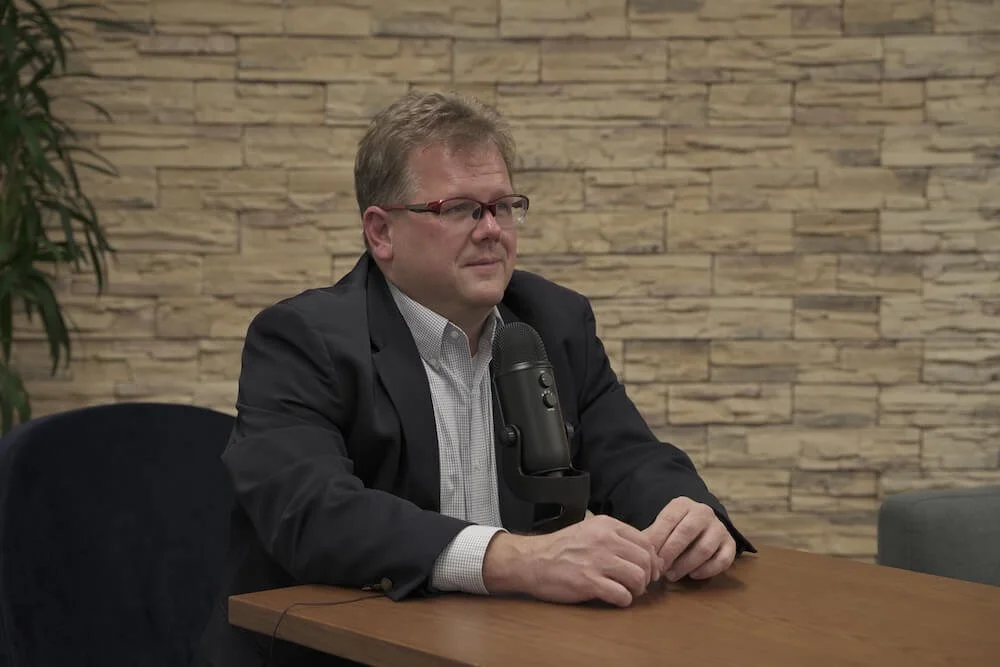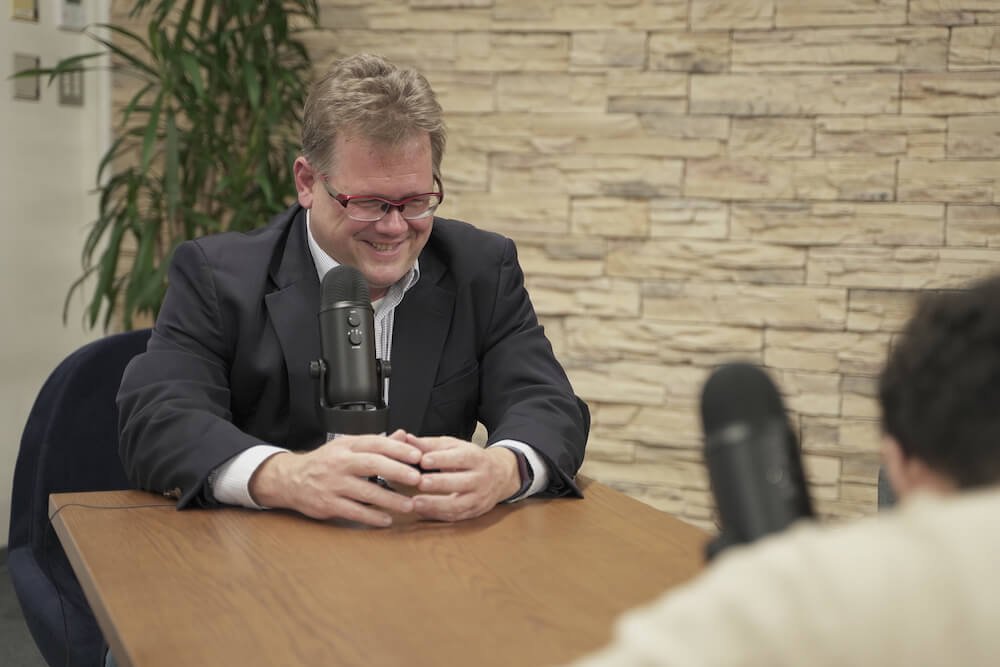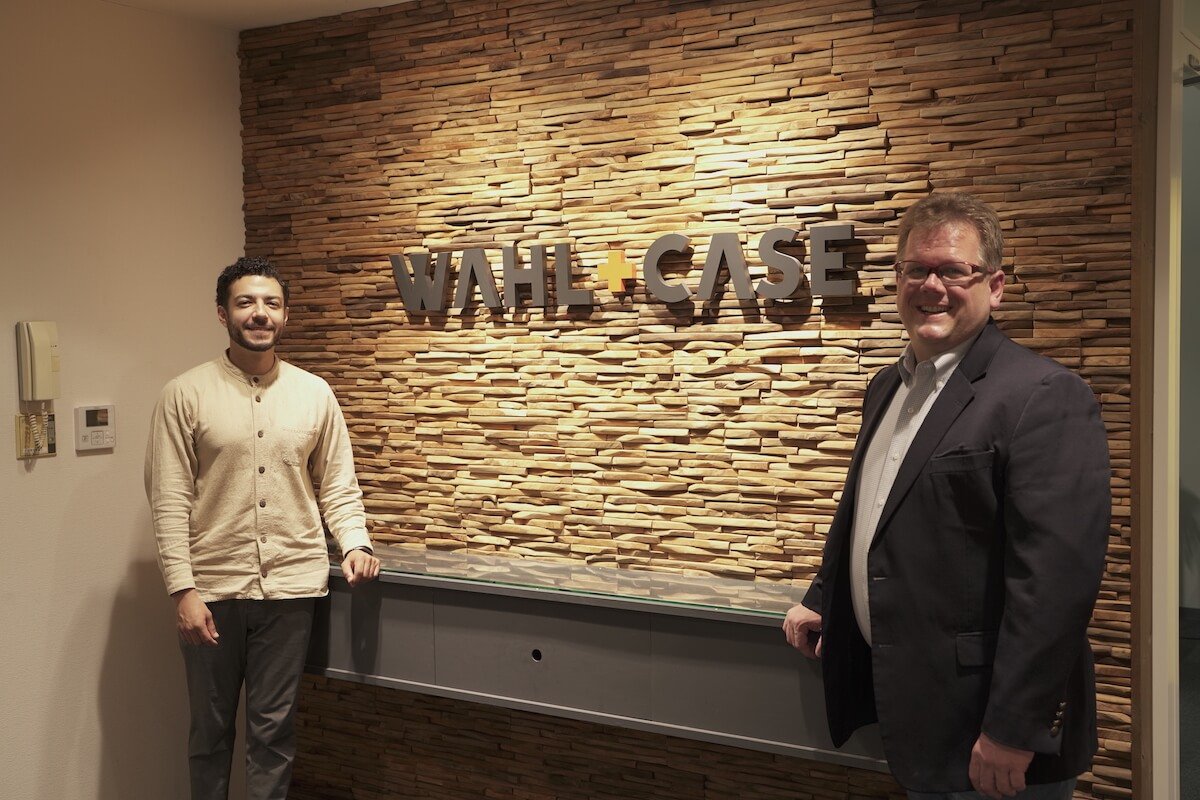Managing a Japanese Team as a Foreigner: Interview with Jim Weisser Part 2
Jim Weisser | Co-Founder & CEO, SignTime
What is it like to be an American serial entrepreneur in Japan?
We sat down with Jim Weisser, Co-Founder and CEO at SignTime, to talk about what it takes to be successful in Japan.
Prior to founding SignTime, an e-signatures/digital contract business, Jim started several other businesses, most notably PBXL which was later acquired by Cisco.
In part 2 of our interview Jim shares his thoughts on the talent market in Japan, differences in how companies operate in Japan compared to Silicon Valley and how he hires and manages his team.
Read part 1 where we talked about SignTime and digital transformation in Japan.
Don’t feel like reading? Watch the video.
Interview with Jim Weisser Part 2
Jim, how do you feel about the current talent market in Japan?
In general I feel pretty good about it. The talent market has changed and the lifetime employment system in Japan is getting weaker. Most importantly for me, the availability of talent for startups now is much higher than just a few years ago. When I founded PBXL for example, no one was interested in working for me. And those people who were interested usually had family members opposed to it.
Working for startups, especially foreign ones, was considered to be very risky. But that started to change. Nowadays potential hires are less risk-averse and are more likely to see the upside and potential that comes with working at a startup. So that’s a very positive change.
When you hire, what attributes are you looking for in a potential new starter?
Whenever I have an opening I think about whether that hire is for potential, need or experience. Me personally I usually go for potential. I believe there is a very low minimum level of experience that’s appropriate for a certain position and oftentimes the “want to” is more important than the “can do”. However, if I want to bring in someone to drive a lot of processes through the organization I would lean more towards experience. So it always depends on the role.
Another point is to have realistic expectations. I often hear the phrase “I need someone who can hit the ground running on day 1” and I think to myself “Then you should have hired that person 3 months earlier“ because that is not realistic. It takes time to onboard and develop new hires.
That’s also why I wouldn’t be interested in someone who has job-hopped too frequently. If someone leaves after only a year, that’s not a good investment for me. It takes me about a year to bring someone up to production speed.
The good thing about the Japanese talent market is that it doesn’t turn over at the same rate as Silicon Valley. Being in a company for over 5 years is completely normal here and people think it’s a little dodgy when someone leaves after only 3 years.
Of course this also has a downside. When you want to hire someone the market is a lot thinner because less people are available. So it’s always a give and take.
Anything else that is important to you when you hire?
Another thing for us is to hire people with the right attitude. In Japanese there’s the word akarui (明るい) that has connotations of liveliness, happiness and positivity. We look for akarui people. That is very important to us.
Historically we didn’t focus on this enough. When I go back and analyze the people who didn’t stay with us for too long or didn’t perform well, it was mainly because their personalities didn’t fit. It sounds like an obvious thing but hiring happy people is key to a good team.
Next, let’s talk about your experience being a successful American serial entrepreneur in Japan. What are some of the expectations you have found here in Japan that are different from Silicon Valley?
A major difference between doing business in Japan and Silicon Valley is the timeframe. I talk to a lot of people from Silicon Valley about opportunities in Japan and I often hear things like “Let’s try something for a quarter and see how it works”. That won’t work in Japan.
Whereas 3 months is acceptable in a Silicon Valley or even corporate American approach, in Japan that is way too short. Historically businesses report half years and full years instead of quarters. There is the expression ishi no ue ni mo sannen(石の上にも三年), which translates into “three years on a stone” and means “Even a cold stone will get warm if you sit on it for 3 years.“ It’s a lesson about patience and perseverance. That mindset is still very strong in Japan.
Why do you think that is? Are there fundamental differences in how companies operate?
If you look at the biggest Japanese companies, Toyota, Sony, NTT, Keyence, there are a lot of hardware companies, whereas in the US the biggest companies are all Big Tech, like Alphabet, Amazon, Microsoft or Apple. This is a good representation of the differences between the two countries. It’s not like there aren't good Japanese SaaS companies, but there aren’t meaningful global SaaS companies. Japan has more of a hardware driven manufacturing culture.
That’s why the Silicon Valley approach of “We put something out and when it breaks, we fix it” is not common in Japan. With software, initial releases are often seen as a beta version to test the market. That’s not possible with hardware because you can’t easily fix hardware once it’s shipped to the customer. So in Japan the mindset is almost opposite: “Once you put something out, it should never break.” And that notion is very present in all sectors of the Japanese economy.
Getting back to your company SignTime, you are based in Japan but have your development team in Silicon Valley. How does that work and what are some of the difficulties?
It’s a constant double negotiation between the tech team in the US and the commercial teams in Japan. Both sides think they have the right answers. The tech side complains about why the Japanese side is so hung up with small details.
But the Japanese members are the ones who talk to the customers. So in most cases it’s the customers who have really high expectations. As the vendor we have to adjust to that and meet the deadlines we commit to.
Another thing that helps us is that we have all our QA/QC in Japan. I had these overseas in the US or Europe in the past but the level of detail is often not enough for Japanese customers. Now we have all of that in Japan and once a new feature passes our rigorous testing process, usually there are no issues with customers.
In Japan, you’re the only native English speaker at SignTime. When managing Japanese people, did you have any cultural challenges? What was your learning curve like?
That is a very tough question. There was a learning curve for sure but I don’t know if it was because of cultural differences or because of my own limitations as a manager. The worst leader I have ever seen was me between 2003 and 2006. People didn’t want to work with me, so I looked at my behavior and changed it.
Maybe the most important lesson I learned is if you make mistakes get it out there quickly. There is this famous quote “Bad news takes the elevator, good news takes the stairs.” and I still strongly believe that.
I try to demonstrate that to my team as well. Not too long ago I was pretty tough on one of my best performers in front of everybody for something that was probably my fault. So after reflecting on it I wrote everybody in the company an email where I apologized for my behavior. This resonated well with the team because it gives them space for failure and also a blueprint on how to act in times of failure.
In part 3 we will leave business behind and talk about parenting in Japan.
Bryan (Wahl+Case ) and Jim (SignTime)

















![[Client Interview] Liftoff Country Manager Part 2: Organizational Culture and Business Growth](https://images.squarespace-cdn.com/content/v1/5c6e2dad94d71a1ea569fca0/1619487215188-5UI0Y2WEZHN1M3QY8FEH/kota+thumbnail.png)
![[Client Interview] Liftoff Country Manager Part 1: A Career in AdTech](https://images.squarespace-cdn.com/content/v1/5c6e2dad94d71a1ea569fca0/1616122057157-PMV15QTCIDRD3RGO24SJ/cover+4+3.jpg)
